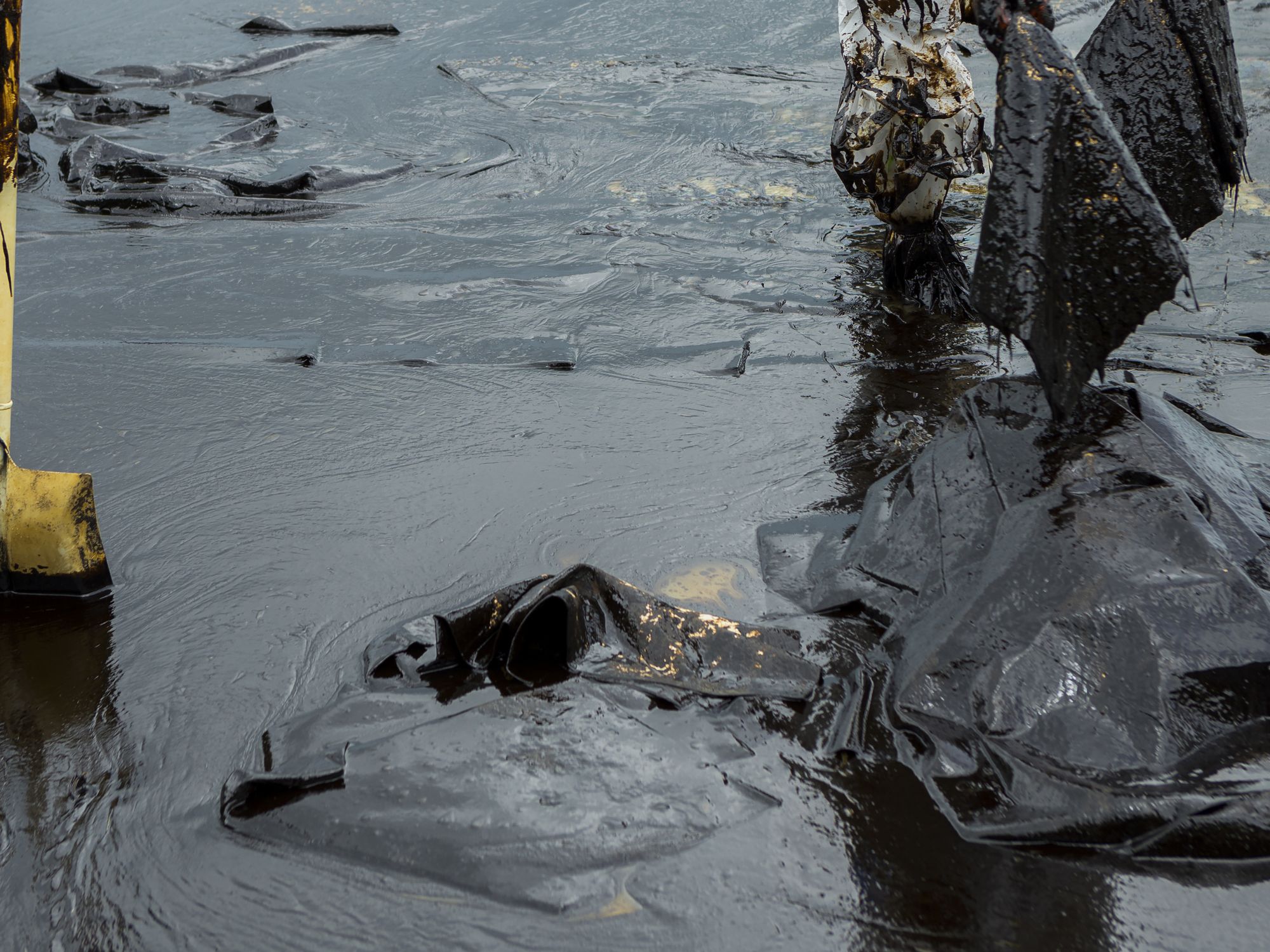InstituteWaste/HazWasteOil Spill PreventionOil Spill PreventionEnvironmentalUSAOil SpillsEnglishAnalysisFocus AreaIn Depth (Level 3)
Related regulation 40 CFR 300
['Oil Spill Prevention']

- Part 300, also known as the National Contingency Plan or NCP, provides the federal government’s blueprint for responding to oil spills and other hazardous substance releases that require a national response.
Part 300 is called “National Oil and Hazardous Substances Pollution Contingency Plan.” The plan, more commonly called the National Contingency Plan or NCP, is essentially the federal government's blueprint for responding to both oil spills and hazardous substance releases that require a national response. The NCP provides the framework for our National Response System and the way in which the different levels of responding organizations coordinate their efforts.
The latest NCP, laid out by Part 300, is structured as follows:
- Subpart A — Introduction
- Subpart B — Responsibility and organization for response
- Subpart C — Planning and preparedness
- Subpart D — Operational response phases for oil removal
- Subpart E — Hazardous substance response
- Subpart F — State involvement in hazardous substance response
- Subpart G — Trustees for natural resources
- Subpart H — Participation by other persons
- Subpart I — Administrative record for selection of response action
- Subpart J — Use of dispersants and other chemicals
- Subpart K — Federal facilities [reserved]
- Subpart L — National oil and hazardous substances pollution contingency plan; Involuntary acquisition of property by the government
- Appendix A — The hazard ranking system
- Appendix B — National priorities list
- Appendix C — Swirling flask dispersant effectiveness test, revised standard dispersant toxicity test, and bioremediation agent effectiveness test
- Appendix D — Appropriate actions and methods of remedying releases
For more information, refer to:
- Discharges of Oil
- CERCLA: National Contingency Plan
